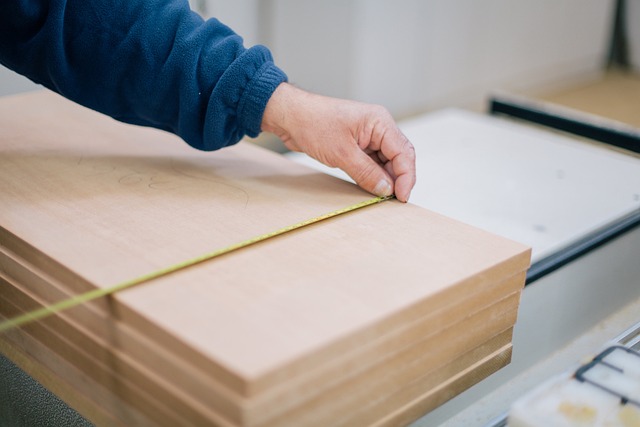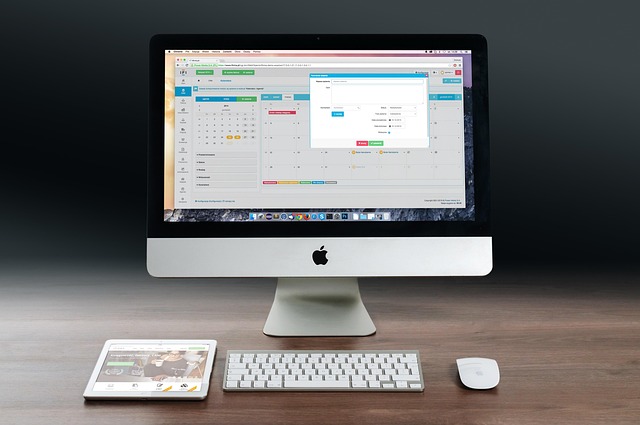
What is a Calibration Curve?
Ah, the calibration curve—a term that sounds like it could be the title of a romantic comedy about a scientist who falls in love with her lab equipment. But alas, it’s not quite that exciting. A calibration curve is a tool used in analytical chemistry to determine the concentration of a substance in an unknown sample. Think of it as the GPS for your lab work, guiding you to the right concentration without the hassle of getting lost along the way. 🚗💨
Why Do We Need Calibration Curves?
In the world of science, accuracy is key. Imagine trying to bake a cake without measuring the ingredients. You might end up with a delicious disaster! Similarly, calibration curves help ensure that the measurements from your instruments are accurate and reliable. They compare the unknown sample to a set of standard samples with known concentrations. It’s like having a cheat sheet for your experiments—who doesn’t love a little help now and then?
How Does It Work?
Creating a calibration curve involves a few simple steps:
- Prepare Standard Solutions: First, you’ll need to prepare a series of standard solutions with known concentrations. Think of these as your trusty sidekicks, always there to lend a hand.
- Measure Sensor Output: Next, you’ll measure the output from your instrument (like voltage or absorbance) for each standard solution. This is where the magic happens—your instrument starts to show its true colors!
- Plot the Data: With your measurements in hand, plot the sensor outputs against the known concentrations. Voilà! You’ve created a graph that tells you how your instrument behaves.
- Draw the Curve: Finally, draw a line (or curve) through your data points. This is your calibration curve, and it’s going to be your best friend when dealing with unknown samples.
Applications of Calibration Curves
Calibration curves are used in various fields, from environmental testing to pharmaceuticals. They help scientists determine the concentration of pollutants in water samples or the amount of active ingredients in medications. It’s like having a trusty magnifying glass that helps you see the hidden details in your samples!
Common Pitfalls
Of course, even the best of us can stumble. Here are a few common pitfalls to avoid when working with calibration curves:
- Neglecting to Use Fresh Standards: Old standards can lead to inaccurate results. Always use fresh solutions, just like you wouldn’t want to bake with expired flour!
- Forgetting to Account for Instrument Drift: Instruments can change over time, so regular calibration is essential. Think of it as giving your lab equipment a little TLC.
- Overcomplicating the Curve: Sometimes, a simple linear relationship is all you need. Don’t try to make it more complicated than it is—keep it straightforward!
Final Thoughts
In the grand scheme of science, calibration curves may not be the flashiest topic, but they are undeniably crucial. They ensure that your measurements are accurate and reliable, helping you avoid those “oops” moments in the lab. So next time you’re in the lab, give a little nod to your calibration curve—it’s working hard behind the scenes to keep your experiments on track! 🎉

















 The Erie Canal: A Splash of History
The Erie Canal: A Splash of History 
 Health
Health  Fitness
Fitness  Lifestyle
Lifestyle  Tech
Tech  Travel
Travel  Food
Food  Education
Education  Parenting
Parenting  Career & Work
Career & Work  Hobbies
Hobbies  Wellness
Wellness  Beauty
Beauty  Cars
Cars  Art
Art  Science
Science  Culture
Culture  Books
Books  Music
Music  Movies
Movies  Gaming
Gaming  Sports
Sports  Nature
Nature  Home & Garden
Home & Garden  Business & Finance
Business & Finance  Relationships
Relationships  Pets
Pets  Shopping
Shopping  Mindset & Inspiration
Mindset & Inspiration  Environment
Environment  Gadgets
Gadgets  Politics
Politics 